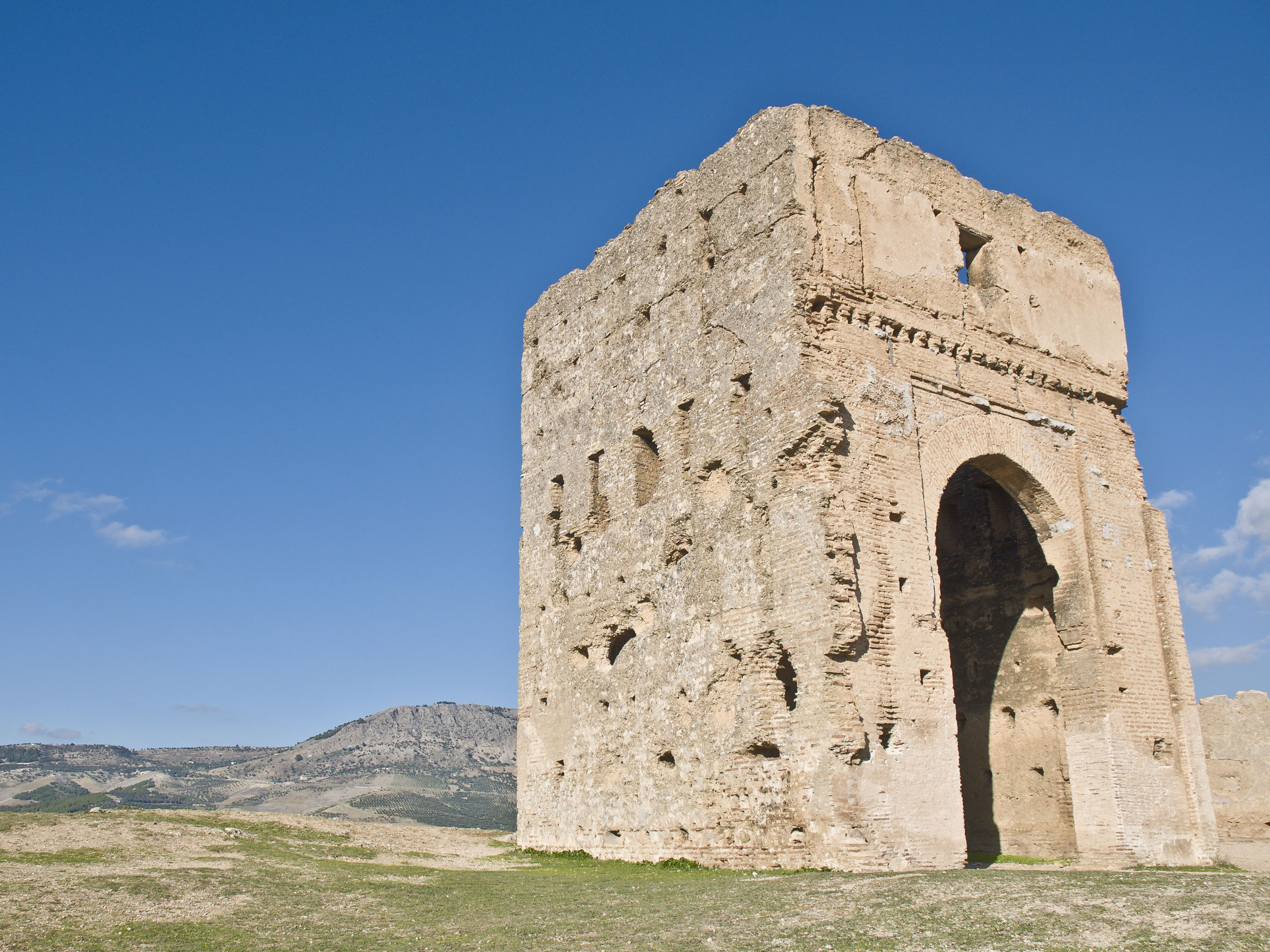Zakia el Yamani about her hometown, Fez.

About my city I can say:
love can be men, chocolate, shoes for women but also a place to which I belong, Fez is a wonderful, flourishing city. It constitutes an outstanding example of a medieval town created during the very first centuries of Islamisation of Morocco and presenting an original type of human settlement and traditional occupation of the land representative of Moroccan urban culture over a long historical period.
Fez was the capital of Morocco, but now, it represents the spiritual and cultural capital, characterized by traditional architectural, decoration trades and handcraft, Fez is known by its narrow streets.
Fez is famous for its leather products and most of it comes from the leather bazaar (souq) in old Fez. The tanneries have been in operation since the medieval times and little has changed, which makes them absolutely fascinating to visit.
Fez-al-Bali, the larger of the two Medinas of Fez, is a nearly intact medieval city. With a population of 1 072 468 (2012), it is probably the largest contiguous car-free area in the world today. In January of 2002, several like-minded friends and I spent five days in Fez during the course of a study tour. We met with local officials and toured The Medina (old town) extensively in an effort to learn how it functions today and what problems it faces.
Monuments to visit in Fez:
Museums
There are 3 museums in old Fez that are worth visiting and offer a place to get some rest from the bustle of the streets. The Nejjarine Museum of Wooden Arts and Crafts is in a beautiful building with a nice little rooftop cafe. I wasn't too impressed with the objects on display, but the museum was worth a visit just for the building itself. The Dar Batha Museum has a very interesting display of artwork, especially if you enjoy the traditional blue-colored pottery, Fez is famous for. The Belghazi Museum offers similar artwork to Dar Batha, but you can buy it here if you like! The museum is housed inside a palace and is a good, but pricey place to enjoy some lunch.
 Nejjarine Museum of Wooden Arts and Crafts
Nejjarine Museum of Wooden Arts and Crafts
Medersas
There are two Medersas (religious schools) worth visiting in old Fez. The Medersa Bou Inania was built in the 1300's and has some beautiful examples of Merenid plasterwork and woodwork. Medersa el-Attarine is also filled with examples of excellent Merenid craftsmanship and offers fantastic views of the old city from its rooftop.
 Medersa el-Attarine
Medersa el-Attarine
The Mellah
The Mellah is the old Jewish Quarter of Fez and you can tell the architecture differs from the rest of The Medina. Houses with balconies and windows overlooking the streets are very non-Muslim like. The Jewish Cemetery is quite eye-popping here with white tombstones heading down the side of a hill as far as the eye can see, some are teetering right over the edge. It's worth having a guide bring you here to tell you some of the history of the area.
Merenid Tombs
The Merenid Tombs are situated outside the walls of The Medina and you can see them from most rooftops in Fez. Tourists traditionally head up the hill to the tombs to get a good view of Fez as the sun sets. The tombs themselves aren't much to look at.
 Moulay Idriss
Moulay Idriss
I recommend people to visit Bab Bou Jeloud, "The Blue Gate" of Fez and ask for tea in Glalee Café, to discover University of Quarawiyen, Bouananya School, Glawi Guesthouse, Sefarin Restaurant, Debaghin Leather tanning workshop and the Moulay Mausoleum.
 Marinid Tombs
Marinid Tombs
Concerning other cities to visit, I recommend Chefchaouen, the “Blue City” and Rabat.




























